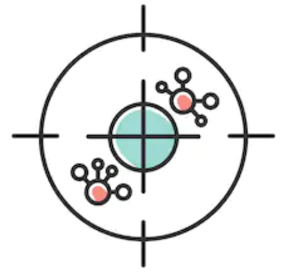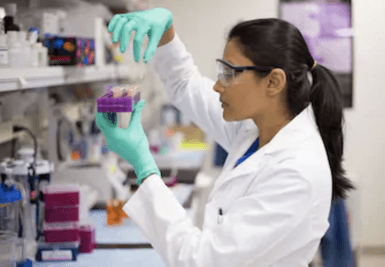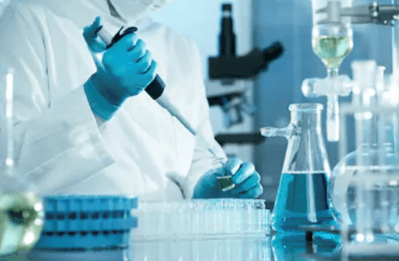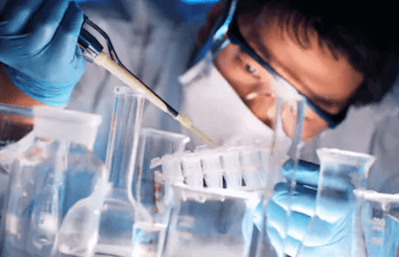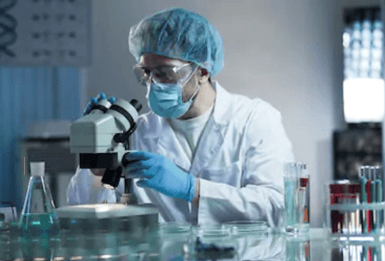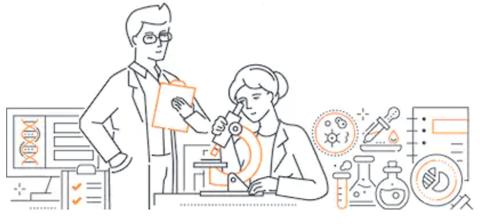Based on TCGA, GEO big data or customer samples, we screened the new functional genes that had not been reported or clinically related in the studied tumors, carried out a variety of experimental verification of the screened genes at the cellular and in vivo level, and discussed the potential action mechanism of the screened genes, so as to provide a preliminary data basis for the determination of follow-up anti-tumor drug targets and biomarkers.
Complete the functional experiments at the cellular and animal level, clarify the molecular mechanism of the function of these key genes through supplementary research programs, and determine the clinical correlation of these key genes through large samples.
The whole gene expression changes in cancer and paracancerous tissues provided by customers were analyzed by full gene expression microarray, or by analyzing the whole gene expression changes in cancer and paracancerous tissues in TCGA (or GEO) database, combined with Jikai gene disease key gene patent database and high connotation functional gene screening platform (HCS), we screened out the tumors that had not been reported in the study. Genes that play an important role in regulating the proliferation of tumor cells.
Experimental Content
1. Screening of differentially expressed genes in diseases by gene chip: at least 20 pairs of cancerous and paracancerous (or normal) tissues were provided by customers, and the total RNA, was extracted for full gene expression microarray detection, and the differentially expressed genes with significant differences were screened by informatics analysis. 40 differentially expressed genes were selected for qPCR verification, and 20 candidate differential genes were identified.
2. Preliminary screening of functional genes: 20 candidate genes shRNA lentivirus were infected with target cells, each gene had 3 multiple holes, and the expression of endogenous candidate genes in target cells was down-regulated. The infected cells were counted for 4-5 days by (HCS) platform with high connotation function of Cellomics, and the changes of cell proliferation after down-regulation of candidate genes were observed compared with control cells. About 2 mi 3 genes affecting cell proliferation were preliminarily screened.
3. Complete cellular functional study was carried out on one of the screened positive genes: the knockout efficiency of the target gene in the cell was verified by qPCR and WB, and the functional experiment of proliferation direction was carried out on the tumor cell line. Promise the functional positive results of at least three proliferation directions (including HCS proliferation test) after knockout of the gene in two tumor target cells or at least two proliferation directions in three tumor cells.
4. Functional study of functional positive genes in animals: the target gene knockdown experimental group or control group was composed of tumor cells, injected into experimental animals, and the tumor was weighed after execution, and the data were processed.
5. Objective large sample histochemical verification of gene: the expression of target gene was examined in normal and different stages of pathological tissues, and the data correlation analysis was carried out to obtain the correlation between target gene and disease and prognosis.
6. Objective to study the mechanism of gene action: through cellular immunofluorescence, Patharray downstream pathway analysis, downstream classical pathway WB verification, Co-IP mass spectrometry analysis of interaction proteins, dry detection, aging detection, DNA methylation detection, acetylation detection, ubiquitin detection, autophagy mechanism detection and other supplementary research programs (hyperlink to tumor new drug target supplement research scheme) to verify the possible molecular mechanism of the target gene.
7. Take Patharray's downstream pathway analysis as an example: the downstream differential genes of target gene interference group and control group are detected by whole gene expression profiling microarray. The differential genes were analyzed by bioinformatics analysis as well as qPCR and WB validation, and the downstream pathway of the target genes are analyzed.
Creative Proteomics leads a rich team that uses the most rigorous experimental solutions and internationally recognized experimental techniques for Genecard Total Solution to obtain your customized information. Use the most accurate experimental results to help you better carry out tumor-related scientific research.
Our Advantage
Mature and reliable Genecard Total Solutions platform: rich project experience, participate in major projects, and publish high-level cooperation results.
The analysis contents and methods based on high-quality data analysis, pre-research and verification are indeed mature and feasible.
* For Research Use Only. Not for use in the treatment or diagnosis of disease.
Related Services:

